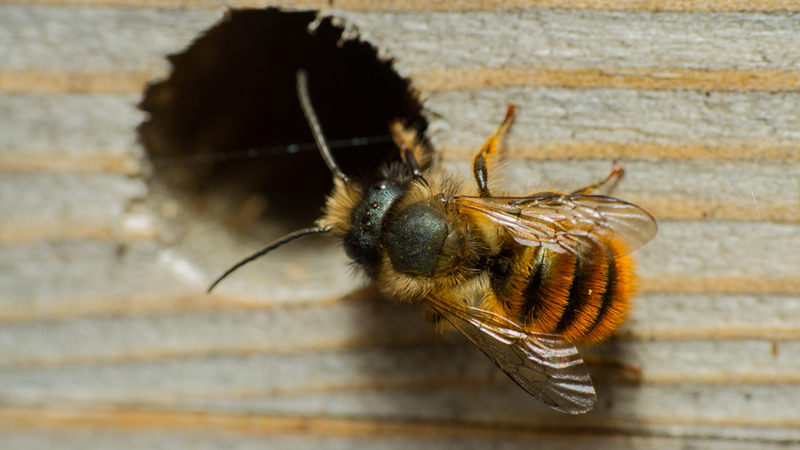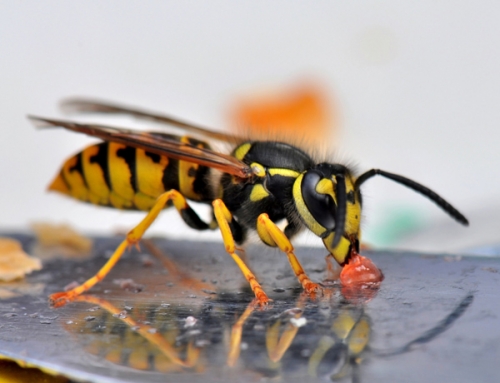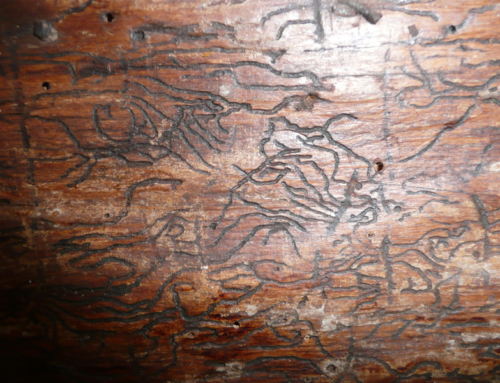It looks like a Honey Bee and it sounds like one… but it’s not. Osmis rufa, the Red Mason Bee, has a much maligned reputation as a pest, with a great number of pest control firms offering elimination or removal. However, these bees are highly prized by commercial growers since they are excellent pollinators and considering the Honey Bee is under continuing threat from pesticides and hive collapse, maybe it’s time to look more closely at the value of Mason Bees in ecological terms. Indeed, some ancient cultures, such as the Ageans, prized all bees very highly and believed they were sacred creatures; insects whose powers were to bridge the earth to the underworld.
The problem, historically, has been that Mason Bees tend to nest in ready-made holes and crevices in older properties. This includes air bricks, old lock blocks, gaps between roof tiles and weak lime mortar joints, especially perpendicular joints which were rarely filled completely by the original bricklayer. In solid brickwork, these holes often lead nicely into cavities deep within the brickwork, which are relatively secure and reasonably warm for a pregnant female – especially in sunny south facing walls – which helps with egg germination.
Females nest from spring to early summer and the cycle is one year before the offspring emerge. The bees line a chamber with pollen and nectar (sometimes known as bee bread), lay six to twelve eggs and then seal the chamber from the outside with mud. However, they don’t have pollen sacs and don’t produce honey.
Native to the United Kingdom, the Red Mason is a solitary bee and rarely congregates in colonies although one female will often attract others. This is usually more to do with it being excellent nesting territory rather than any desire to congregate. Realistically, a few holes in the mortar which look as though somebody has tried to fit trellis with nails at some stage is not, within reason, going to affect the integrity of a building. However, the Mason Bees tend to re-use the best sites time and again, becoming regular visitors, especially on south facing, solid, soft red brick walls with lime mortar pointing that is somewhat weathered and friable.
Since the Red Mason Bee is hardly much of a pest – it is held their sting cannot penetrate human skin and they are non-aggressive – then the kindest solution (if they really are a nuisance) is to repoint old brickwork properly rather than calling in the pest controller!




